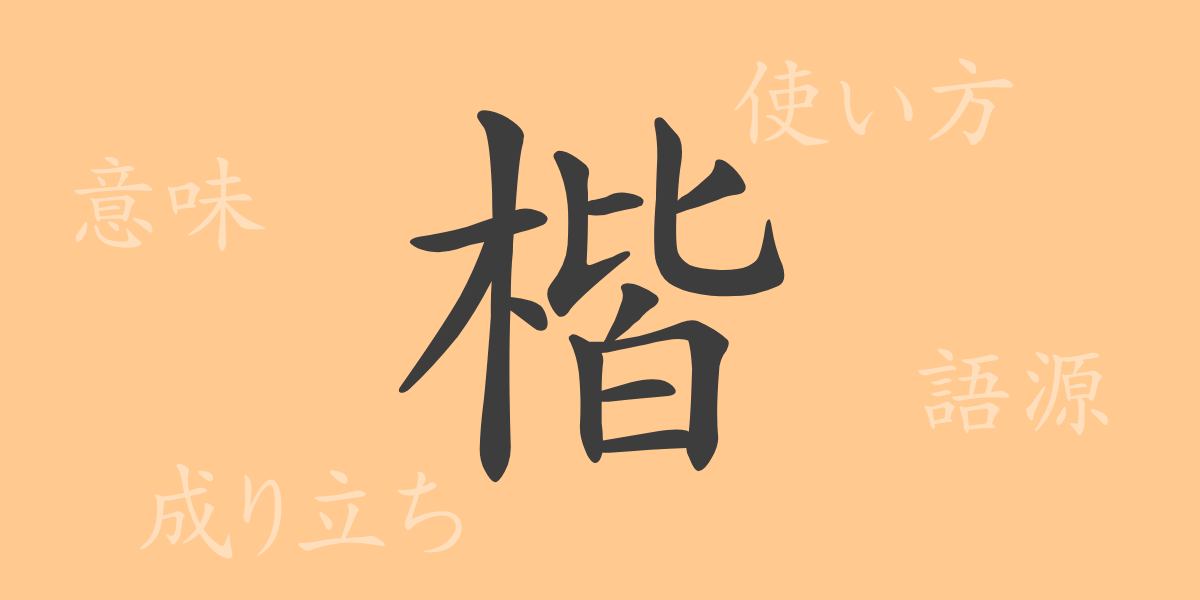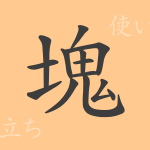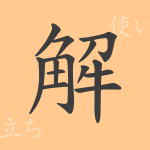In Japanese culture, Kanji hold a value that goes beyond mere characters. They are tools for conveying meaning, as well as treasures of aesthetic beauty. In this article, we’ll dive deep into the world of Kanji, focusing specifically on the character “Kai” (楷), exploring its origins, meaning, usage, and even its presence in idioms and set phrases, to uncover its allure.
The Origins of Kai (楷)
The character “Kai” (楷) originates from the ancient Chinese script known as “Kaisho” (楷書), which evolved from the earlier “Reisho” (隷書). Kaisho is characterized by its regular and beautiful form. Consequently, “Kai” (楷) came to signify a standard or model to be followed. This Kanji has been embraced in Japan with a similar meaning and is widely used in various contexts.
The Meaning and Usage of Kai (楷)
The Kanji “Kai” (楷) carries two meanings: “standard” and “model.” A standard refers to a criterion or rule for conducting affairs, while a model represents a good example or a template for others to emulate. Stemming from these meanings, “Kai” (楷) is often used to denote something that is standard or serves as a benchmark.
How to Read Kai (楷), Stroke Count, and Radical
There is essential information regarding the reading and form of the Kanji “Kai” (楷).
- Reading: The on’yomi is “Kai”, and there is no particular kun’yomi .
- Stroke Count: It consists of 13 strokes.
- Radical: It belongs to the “Wood” radical (木部, Kihen).
Idioms, Set Phrases, and Proverbs Using Kai (楷)
Idioms, set phrases, and proverbs that include the character “Kai” (楷) reflect its meanings of “standard” and “model.” Below are some examples:
- Kaimo (楷模): A model or exemplary action that serves as a template.
- Kaisho (楷書): One of the five main scripts in Chinese calligraphy, known for its orderly form.
- Teikai (定楷): Established formats or rules that serve as standards or norms.
Conclusion on Kai (楷)
The Kanji “Kai” (楷), as its form suggests, is a character that embodies orderly and normative beauty. Much like Kaisho in calligraphy, it represents a fusion of beauty and discipline, playing a significant role in the Japanese language. Through this character, we can learn about the culture and history behind the language and gain a deeper understanding.

























